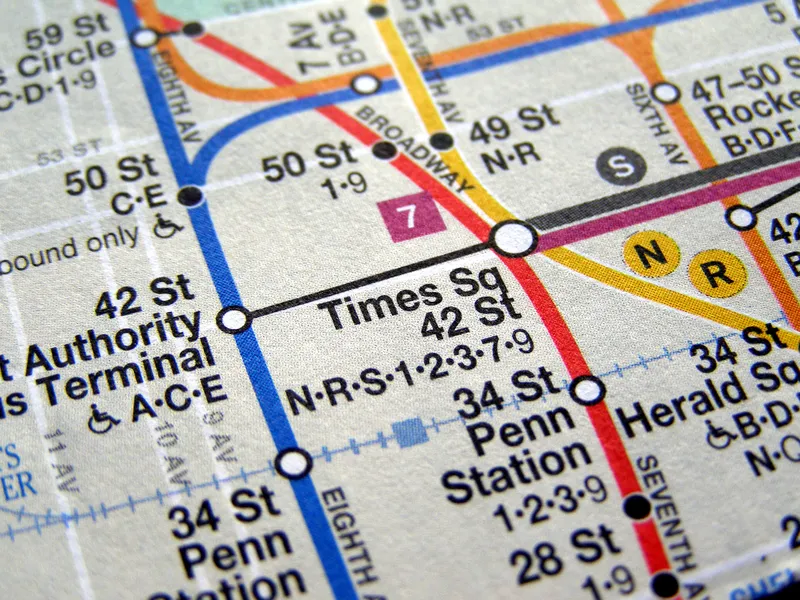The New South Wales government (NSW) in Australia has introduced six mobile applications for train users in Sydney to track arrival of trains in real-time using satellite information. State Minister for Transport Gladys Berejiklian unveiled the updated apps that will have the real-time capability, making use of markers on stations that will receive information from trains, and then pass it on to the apps. Funded by the state government, one of the apps gives voice-over notification to remind users to exit
April 12, 2013
Read time: 2 mins
The New South Wales government (NSW) in Australia has introduced six mobile applications for train users in Sydney to track arrival of trains in real-time using satellite information. State Minister for Transport Gladys Berejiklian unveiled the updated apps that will have the real-time capability, making use of markers on stations that will receive information from trains, and then pass it on to the apps.
Funded by the state government, one of the apps gives voice-over notification to remind users to exit at the next train stop, while another application will assist commuters in planning their trips.
"This government has been committed to providing customers with more information and the launch of these real-time train apps follows the successful roll-out of the real-time bus apps in December which have so far been downloaded more than 1 million times," Ms Berejiklian said.
"The train apps mean customers will know when to leave work or home to meet their train at the station and also provides the information customers need to make decisions about their journeys," she continued.
Funded by the state government, one of the apps gives voice-over notification to remind users to exit at the next train stop, while another application will assist commuters in planning their trips.
"This government has been committed to providing customers with more information and the launch of these real-time train apps follows the successful roll-out of the real-time bus apps in December which have so far been downloaded more than 1 million times," Ms Berejiklian said.
"The train apps mean customers will know when to leave work or home to meet their train at the station and also provides the information customers need to make decisions about their journeys," she continued.









